Home>Furniture>Outdoor Furniture>How Much Weight For Patio Umbrella Base
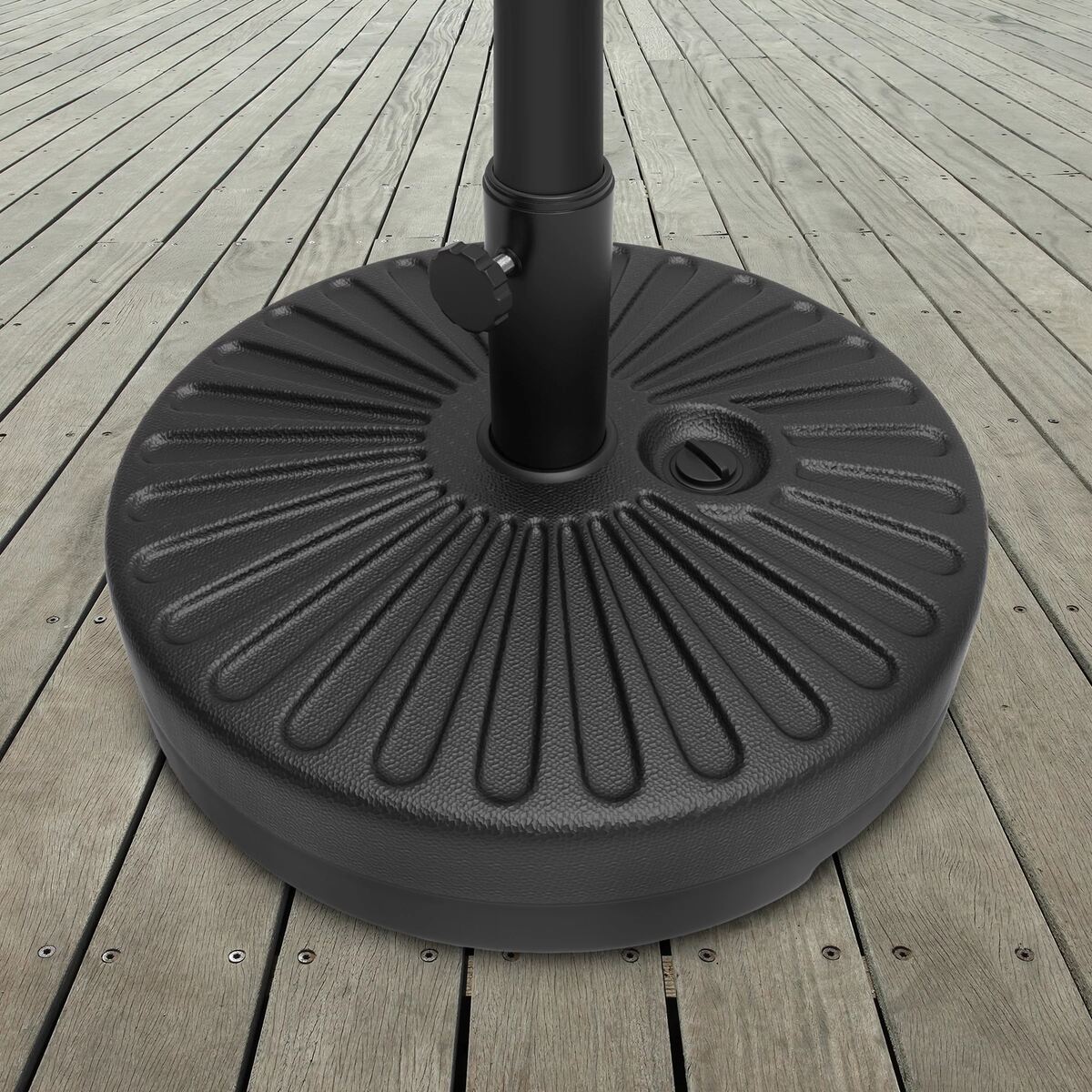

Outdoor Furniture
How Much Weight For Patio Umbrella Base
Modified: March 7, 2024
Find the perfect outdoor furniture for your patio with a sturdy and stylish patio umbrella base. Discover how much weight you need to keep your umbrella secure and enjoy outdoor living.
(Many of the links in this article redirect to a specific reviewed product. Your purchase of these products through affiliate links helps to generate commission for Storables.com, at no extra cost. Learn more)
Introduction
Welcome to our comprehensive guide on choosing the right weight for your patio umbrella base. When it comes to outdoor furniture, having a reliable and sturdy patio umbrella is essential for creating a comfortable and shaded environment. However, to ensure the stability and longevity of your umbrella, it is crucial to select the appropriate weight for the base.
Choosing the right weight for your patio umbrella base depends on various factors, including the size of the umbrella, the location where it will be used, and the weather conditions in your area. In this article, we will explore these factors in detail and provide you with guidelines and tips to help you select the ideal weight for your patio umbrella base.
By understanding the significance of a well-balanced patio umbrella base, you can enjoy your outdoor space without worrying about your umbrella toppling over or getting damaged. So, let’s dive into the factors you need to consider when selecting a patio umbrella base and explore the different types available.
Key Takeaways:
- Choose a patio umbrella base weight based on umbrella size, wind conditions, and base type. Opt for a slightly heavier base for added stability, and consider anchoring options for further security.
- Regular maintenance, proper positioning, and following installation instructions can enhance patio umbrella stability and safety. Explore different base types to suit your outdoor space and enjoy worry-free outdoor living.
Read more: How Much Weight Can A Paver Patio Hold
Factors to Consider When Choosing a Patio Umbrella Base
When selecting a patio umbrella base, there are several important factors to keep in mind to ensure stability and functionality. Consider the following factors:
- Umbrella Size: The size and weight of your umbrella play a significant role in determining the weight of the base. Larger umbrellas require heavier bases to counterbalance the added weight and winds.
- Location and Wind Conditions: Evaluate the environment where you will be using the patio umbrella. If your outdoor space is frequently exposed to strong winds, you will need a more substantial base to anchor the umbrella securely.
- Table or Freestanding: Determine whether you plan to use your patio umbrella with a dining table or if it will be freestanding. If it will be used with a table, the table itself can provide some stability, reducing the weight requirement for the base.
- Frame Material: The material of your umbrella’s frame can affect the stability. Lighter materials, such as aluminum, may require a heavier base for balance, while heavier materials like wood may necessitate a lighter base.
- Base Material: Consider the material of the umbrella base itself. Common options include plastic, concrete, and metal. Each material has its own advantages and weight variations, so choose the one that suits your needs best.
By taking these factors into account, you can make an informed decision when selecting the right patio umbrella base. Now that we have considered the factors, let’s explore the different types of patio umbrella bases available.
Types of Patio Umbrella Bases
There are various types of patio umbrella bases available, each with its own unique features and advantages. Here are some of the most common types:
- Stand-alone Bases: Stand-alone bases are freestanding and do not require a table for support. They are typically made of heavy materials like concrete or cast iron, providing excellent stability. These bases often have handles or wheels for easy mobility.
- Table-Insert Bases: Designed to be used with patio dining tables, table-insert bases fit into the center hole of the table. They can be secured with screws or clamps to provide stability.
- Offset Umbrella Bases: These bases are specifically designed for offset or cantilever umbrellas. They have a unique shape that allows the umbrella to be positioned to the side, providing maximum shade without obstructing the view. Offset bases usually have a crossbar and weight plates for stability.
- Portable Bases: Ideal for those who like to move their patio umbrella around, portable bases are lightweight and usually made of materials like plastic or resin. They may be filled with sand, water, or other materials for added weight and stability.
- Planter Bases: Combining functionality with aesthetics, planter bases serve a dual purpose of holding your patio umbrella and displaying plants. They come in various materials and sizes, allowing you to add a touch of greenery to your outdoor space.
These are just a few examples of the types of patio umbrella bases available on the market. Consider the specific needs of your space and the features you prioritize when deciding which type is best for you. Now that we have explored the types of bases, let’s delve into the weight guidelines for different patio umbrella sizes.
Weight Guidelines for Different Patio Umbrella Sizes
Choosing the right weight for your patio umbrella base is crucial to ensure stability and prevent any mishaps. The size of your umbrella plays a significant role in determining the appropriate weight for the base. Here are some general weight guidelines for different patio umbrella sizes:
- 6 to 7.5 ft Umbrella: For smaller umbrellas in the 6 to 7.5-foot range, a base weighing around 30 to 40 pounds should provide adequate stability. This size is commonly used for bistro tables or small seating areas.
- 7.5 to 9 ft Umbrella: Medium-sized umbrellas in the 7.5 to 9-foot range require a slightly heavier base, typically around 50 to 60 pounds. These umbrellas are commonly used with larger dining tables or seating areas.
- 9 to 11 ft Umbrella: For larger umbrellas in the 9 to 11-foot range, a base weighing between 70 to 100 pounds is recommended. These umbrellas are often used for spacious outdoor lounging or dining areas.
- Over 11 ft Umbrella: Umbrellas larger than 11 feet typically require a heavier base weighing over 100 pounds. These large umbrellas are more susceptible to wind resistance and require extra stability.
It is important to note that these weight guidelines are general recommendations. Factors such as wind conditions, the type of base, and the material of the umbrella frame can all influence the weight requirements. When in doubt, it is always advisable to err on the side of caution and choose a slightly heavier base for added stability.
Now that we have established the weight guidelines for different umbrella sizes, let’s move on to understanding how to calculate the right weight for your patio umbrella base.
The general rule of thumb is to use a base that is at least 50 pounds for a 6- to 8-foot umbrella, and 75 pounds or more for larger umbrellas or in windy areas.
How to Calculate the Right Weight for a Patio Umbrella Base
Calculating the right weight for your patio umbrella base involves considering various factors to ensure stability and prevent your umbrella from being blown away by strong winds. Here’s a step-by-step process to help you calculate the ideal weight:
- Determine Umbrella Size: Measure the diameter of your patio umbrella to determine its size. The size will help determine the weight requirements for the base.
- Consider Wind Conditions: Assess the average wind conditions in your area. If you frequently experience strong winds, you will need a heavier base to prevent the umbrella from toppling over.
- Refer to Manufacturer Recommendations: Check the manufacturer’s recommendations for the specific model of your umbrella. They may provide weight suggestions based on the size and specifications of the umbrella.
- Factor in Table Support: If your patio umbrella will be used with a table, the table itself can provide stability. Take into account the weight of the table when determining the required weight for the base.
- Consider Additional Weight Attachments: Some umbrella bases allow for additional weight attachments, such as weight plates or sandbags. These can be added to the base to provide extra stability in windy conditions.
- Calculate Total Required Weight: Use the guidelines mentioned earlier for weight ranges based on umbrella size. Consider the factors above and calculate the total weight required for your specific situation.
- Choose the Appropriate Base: Select a patio umbrella base that meets the calculated weight requirements. Ensure the base is sturdy, durable, and made of quality materials that can withstand outdoor conditions.
By following these steps and considering all the relevant factors, you can calculate the right weight for your patio umbrella base. Remember, it’s better to opt for a slightly heavier base to ensure stability, especially in areas prone to strong winds. With the right weight base, you can relax and enjoy your outdoor space without worrying about the umbrella toppling over.
In the next section, we will provide you with additional tips to ensure stability and safety when using a patio umbrella.
Read more: How To Choose A Patio Umbrella
Additional Tips for Ensuring Stability and Safety
While selecting the appropriate weight for your patio umbrella base is crucial, there are additional tips you can follow to further enhance stability and safety. Consider the following suggestions:
- Anchoring Options: In addition to the weight of the base, consider anchoring options for added stability. This can include using additional straps, ropes, or stakes to secure the umbrella to the ground or nearby structures.
- Positioning: Place your patio umbrella in a location that provides some natural shelter, such as against a wall or close to large shrubs or trees. This can help reduce the impact of strong winds and improve overall stability.
- Regular Maintenance: Inspect your patio umbrella and base regularly for any signs of wear and tear. Check for loose screws, cracks, or damage that may compromise stability. Repair or replace any damaged parts as necessary.
- Close During Inclement Weather: It is essential to close your patio umbrella during severe weather conditions, such as heavy rain, thunderstorms, or strong winds. This will help prevent damage to the umbrella and ensure the safety of surrounding areas.
- Store During Winter Months: If you live in an area with harsh winters, consider storing your patio umbrella and base indoors during the off-season. This will protect them from extreme cold temperatures and prolong their lifespan.
- Use Umbrella Covers: Invest in a durable umbrella cover to protect your patio umbrella from UV rays, moisture, and dirt. A cover can help extend the life of your umbrella and maintain its stability over time.
- Follow Installation Instructions: Always refer to the manufacturer’s installation instructions and guidelines when setting up your patio umbrella and base. This will ensure proper assembly and minimize the risk of accidents.
By incorporating these additional tips into your patio umbrella setup and maintenance routine, you can further enhance stability, prolong the lifespan of your umbrella, and ensure the safety of your outdoor space.
Now that we have covered all the essential factors, guidelines, and tips for selecting the right weight for your patio umbrella base, you are well-equipped to make an informed decision. Remember to consider the size of your umbrella, wind conditions, and any additional factors unique to your outdoor space. With the right weight base, you can enjoy outdoor gatherings, relax, and create a comfortable shaded area for years to come.
If you need further assistance or have any questions, feel free to consult with a professional or reach out to the manufacturer of your patio umbrella. Happy outdoor living!
Conclusion
Choosing the right weight for your patio umbrella base is essential for ensuring stability and safety in your outdoor space. By considering factors such as the size of your umbrella, wind conditions, and the type of base, you can calculate the ideal weight needed to keep your umbrella secure.
Remember that guidelines for weight requirements are just recommendations, and it’s always better to err on the side of caution by opting for a slightly heavier base. Additionally, considering anchoring options, regular maintenance, and proper positioning can further enhance stability and prolong the lifespan of your patio umbrella.
When selecting a patio umbrella base, you have a variety of options available, including stand-alone bases, table-insert bases, offset bases, portable bases, and planter bases. Choose the type that suits your needs and complements your outdoor space.
Lastly, follow installation instructions provided by the manufacturer and adhere to safety precautions such as closing the umbrella during inclement weather and storing it properly during the winter months.
By taking all these factors and tips into account, you can create a comfortable and enjoyable outdoor environment where you can relax and entertain without any concerns about your patio umbrella toppling over.
We hope this comprehensive guide has equipped you with the knowledge and insights to select the right weight for your patio umbrella base. Remember to regularly inspect and maintain your umbrella and base to ensure their longevity and reliability.
Now, go ahead and transform your outdoor space into a shaded oasis with a properly-weighted patio umbrella base. Enjoy the beauty of the outdoors while staying comfortable and protected!
Frequently Asked Questions about How Much Weight For Patio Umbrella Base
Was this page helpful?
At Storables.com, we guarantee accurate and reliable information. Our content, validated by Expert Board Contributors, is crafted following stringent Editorial Policies. We're committed to providing you with well-researched, expert-backed insights for all your informational needs.

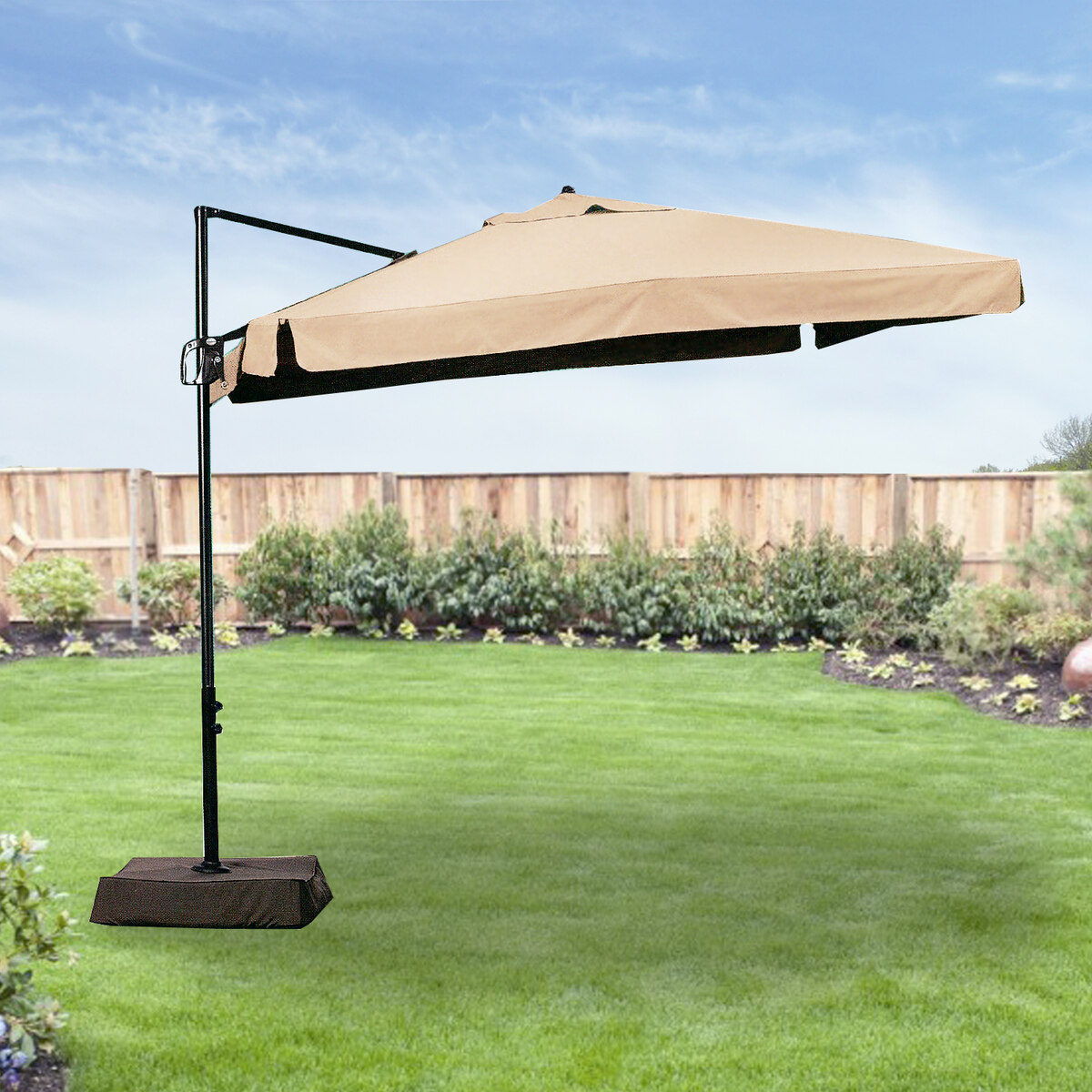
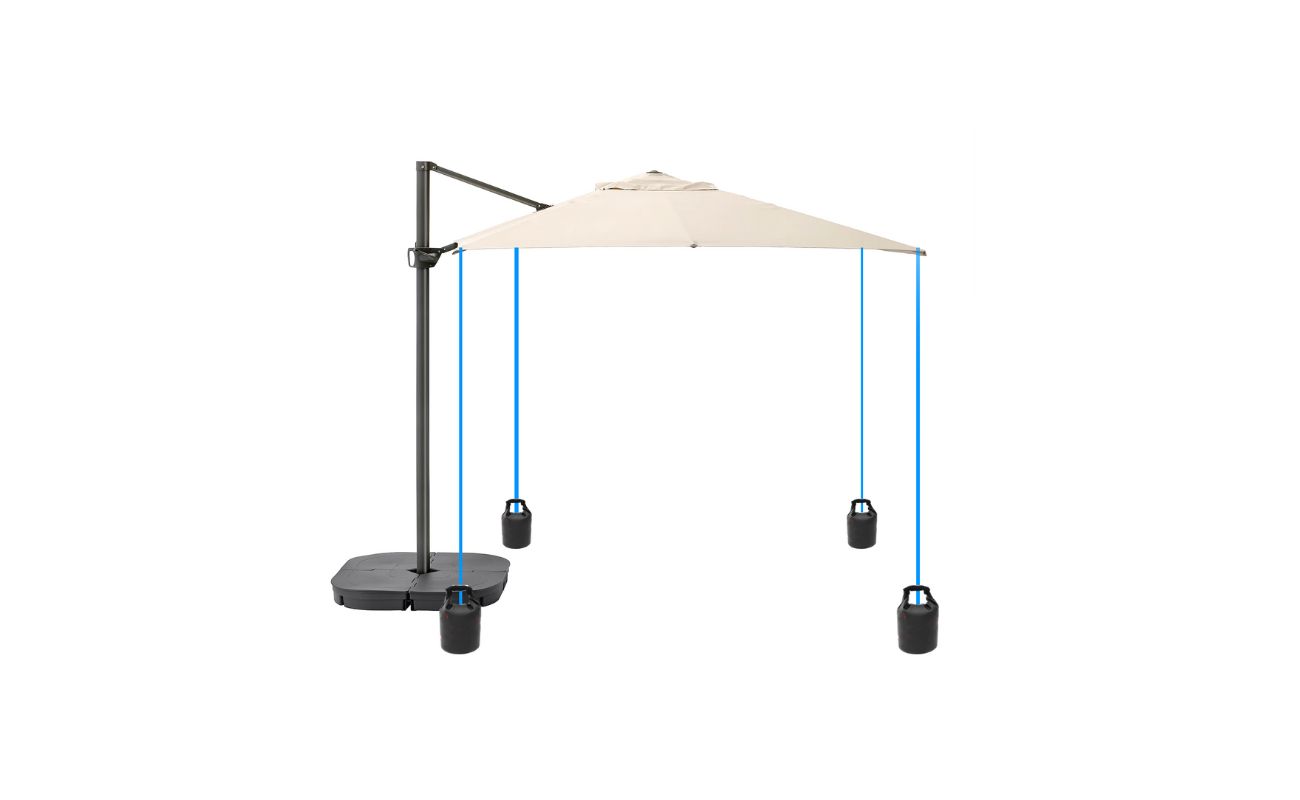
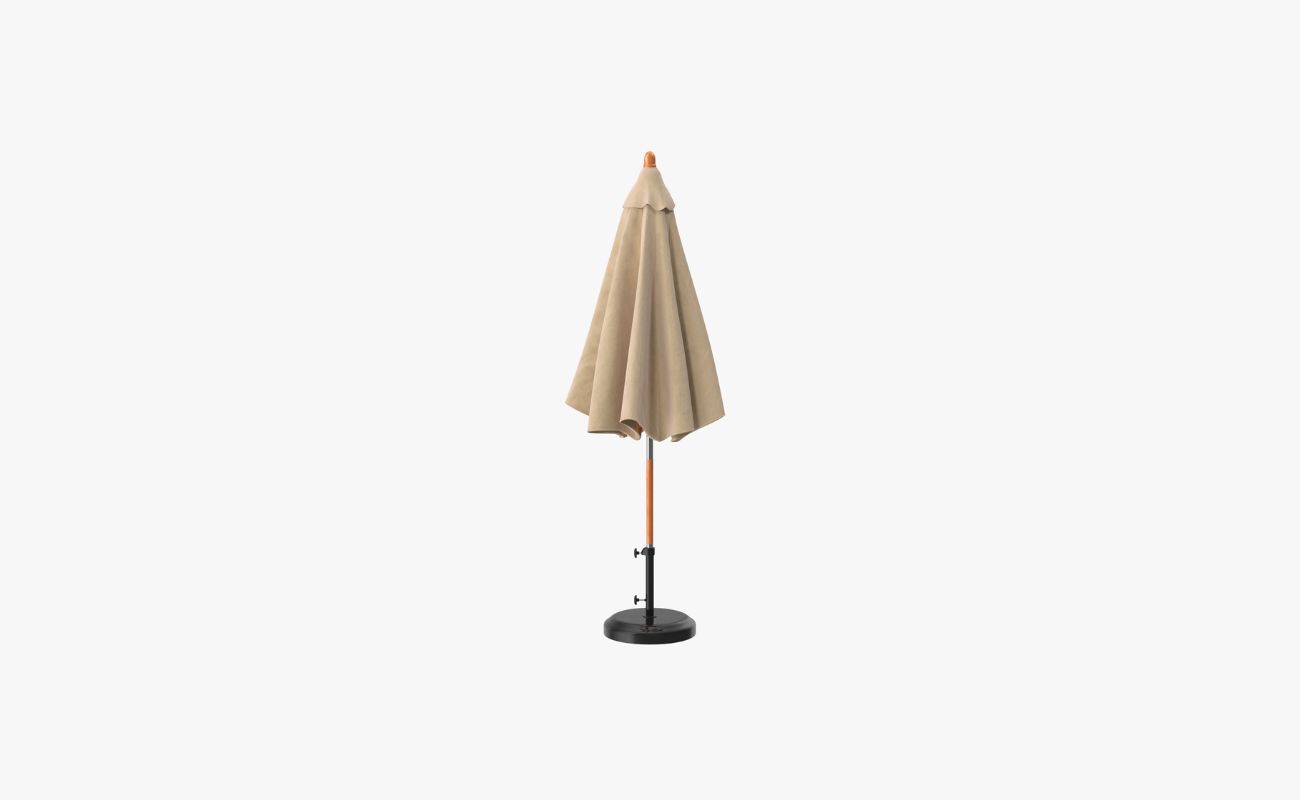
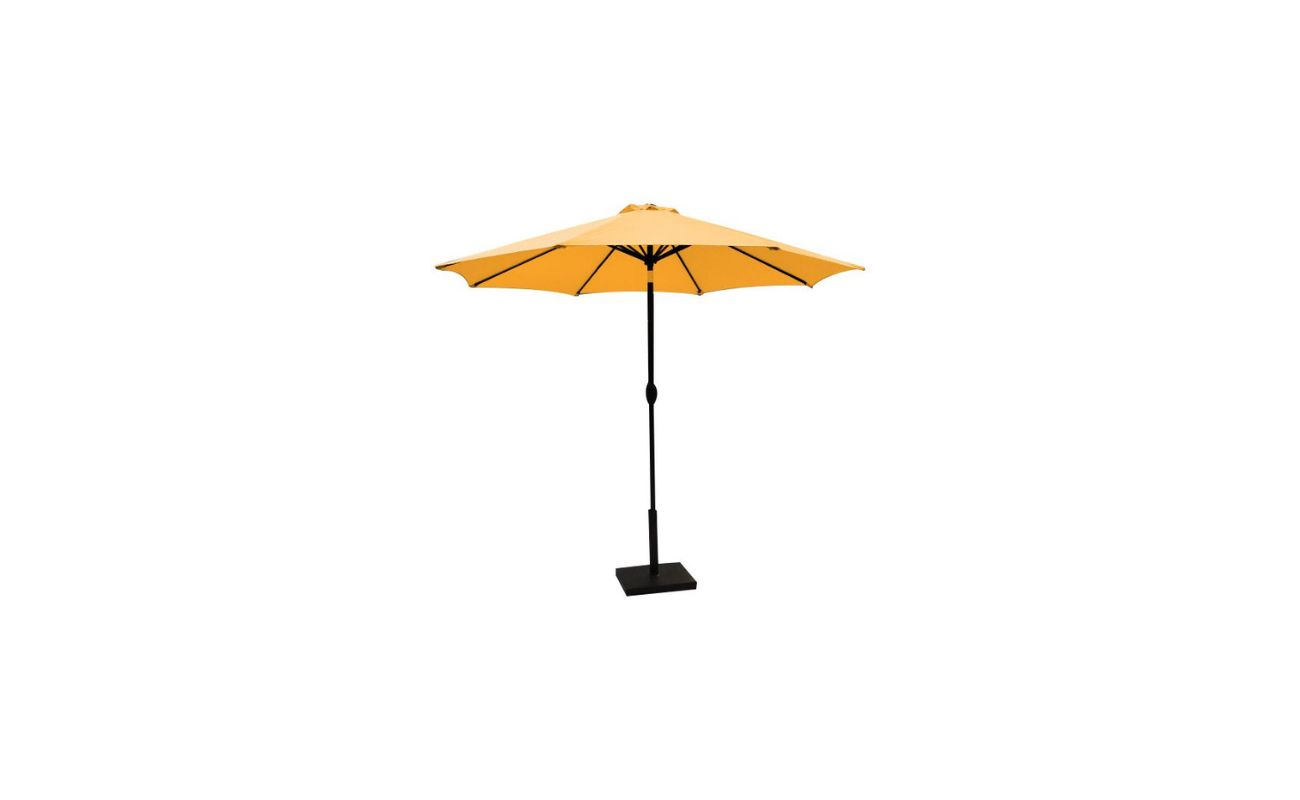
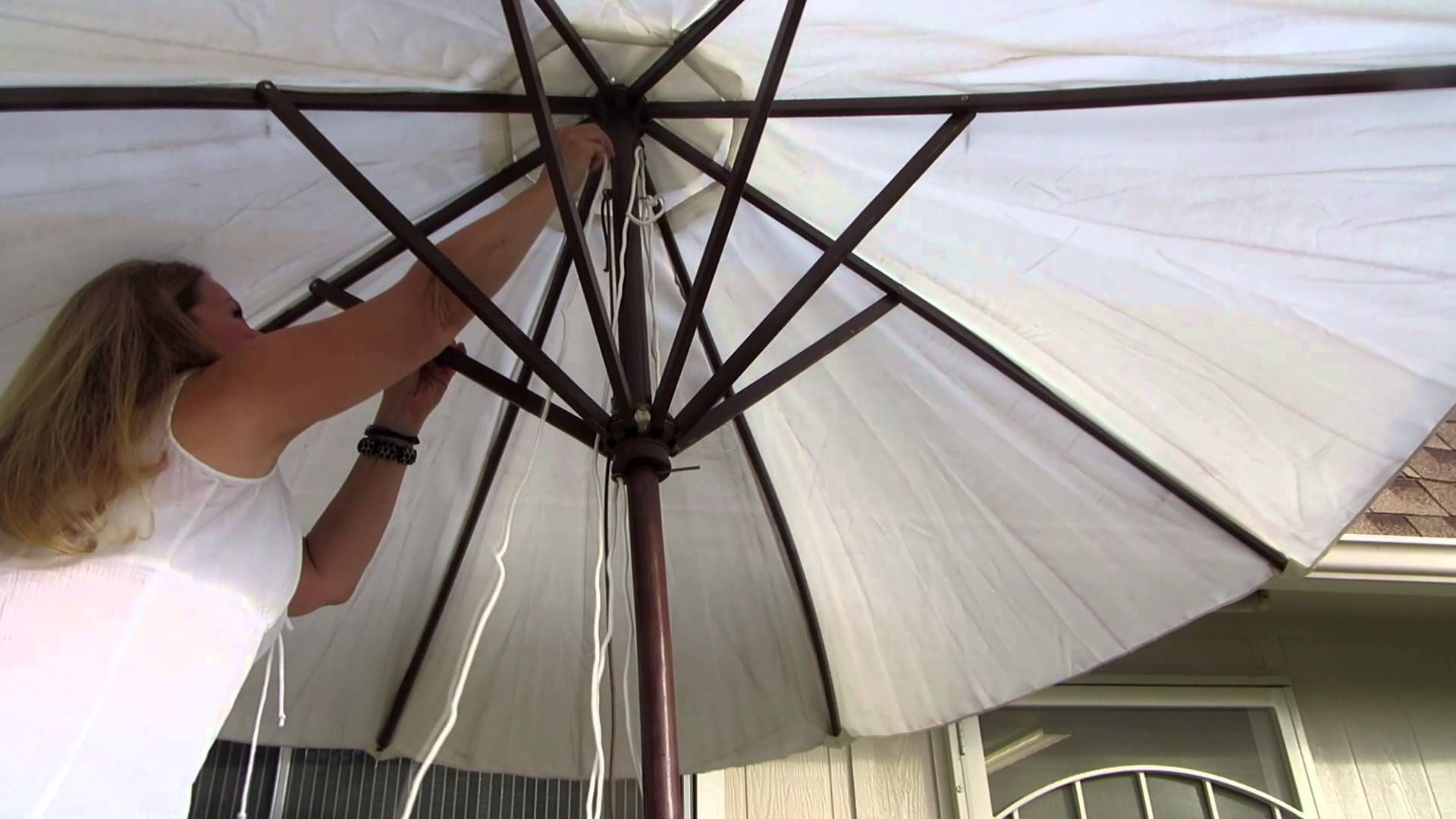
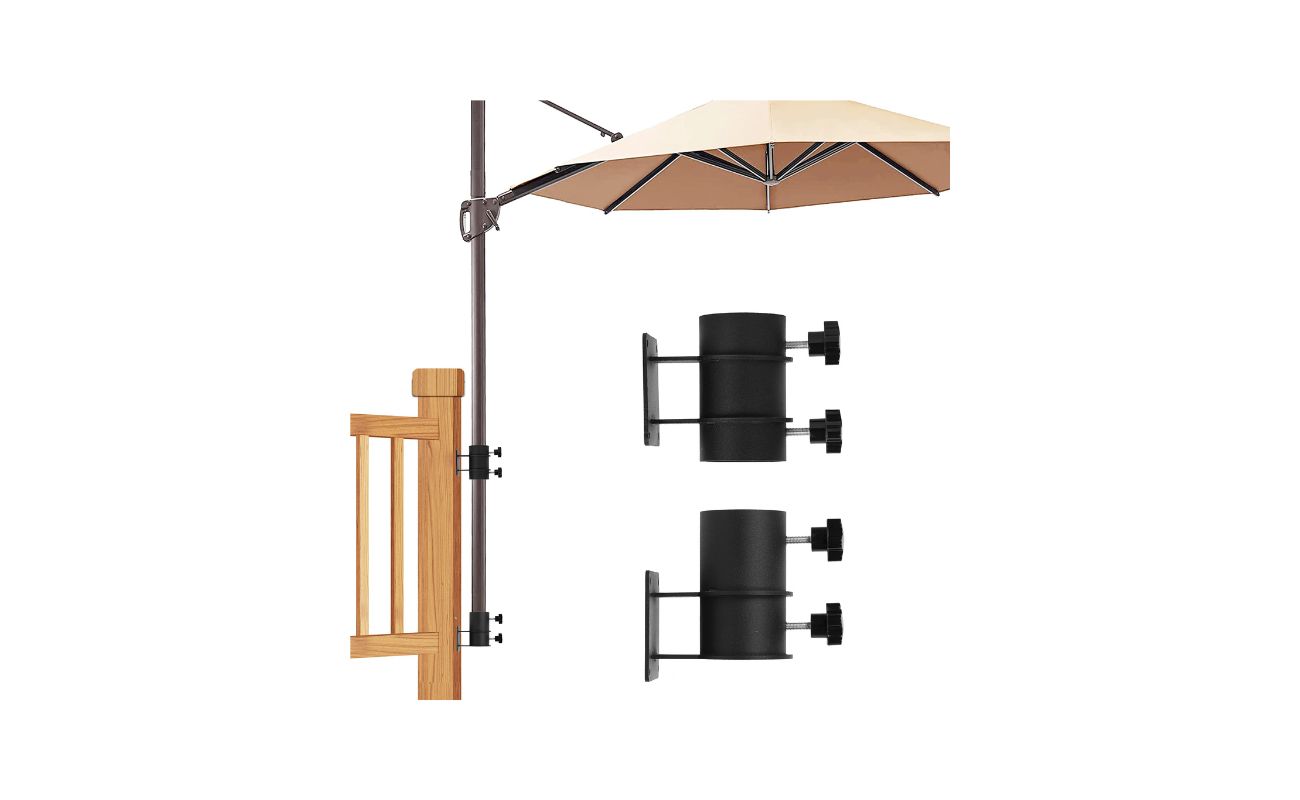

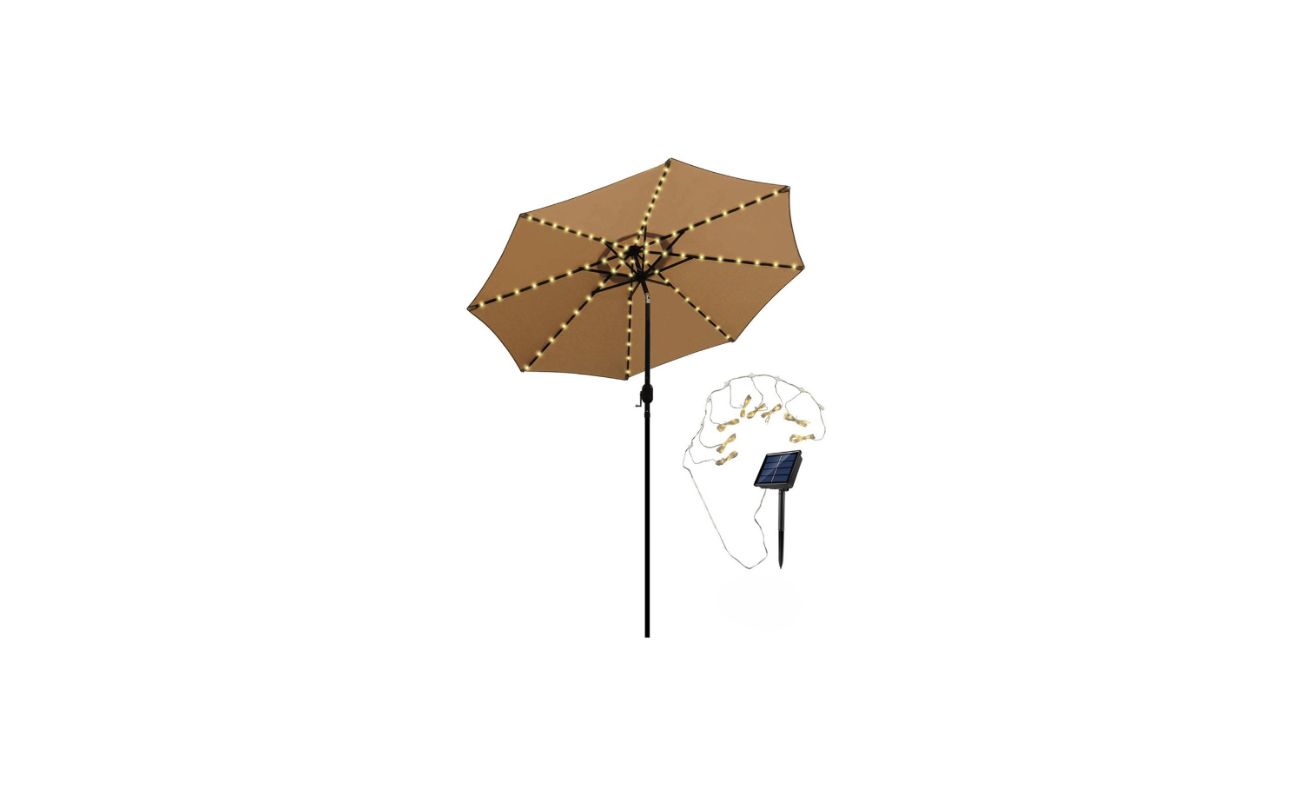

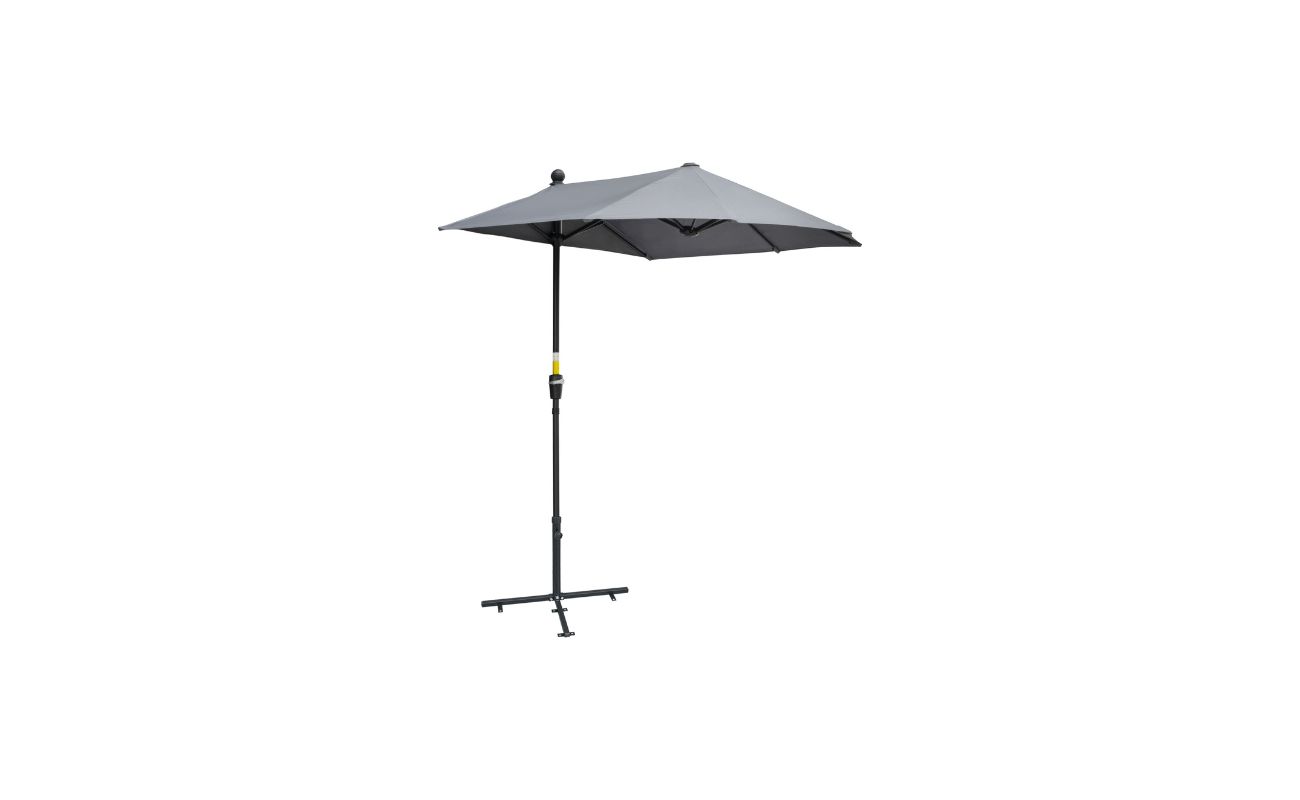
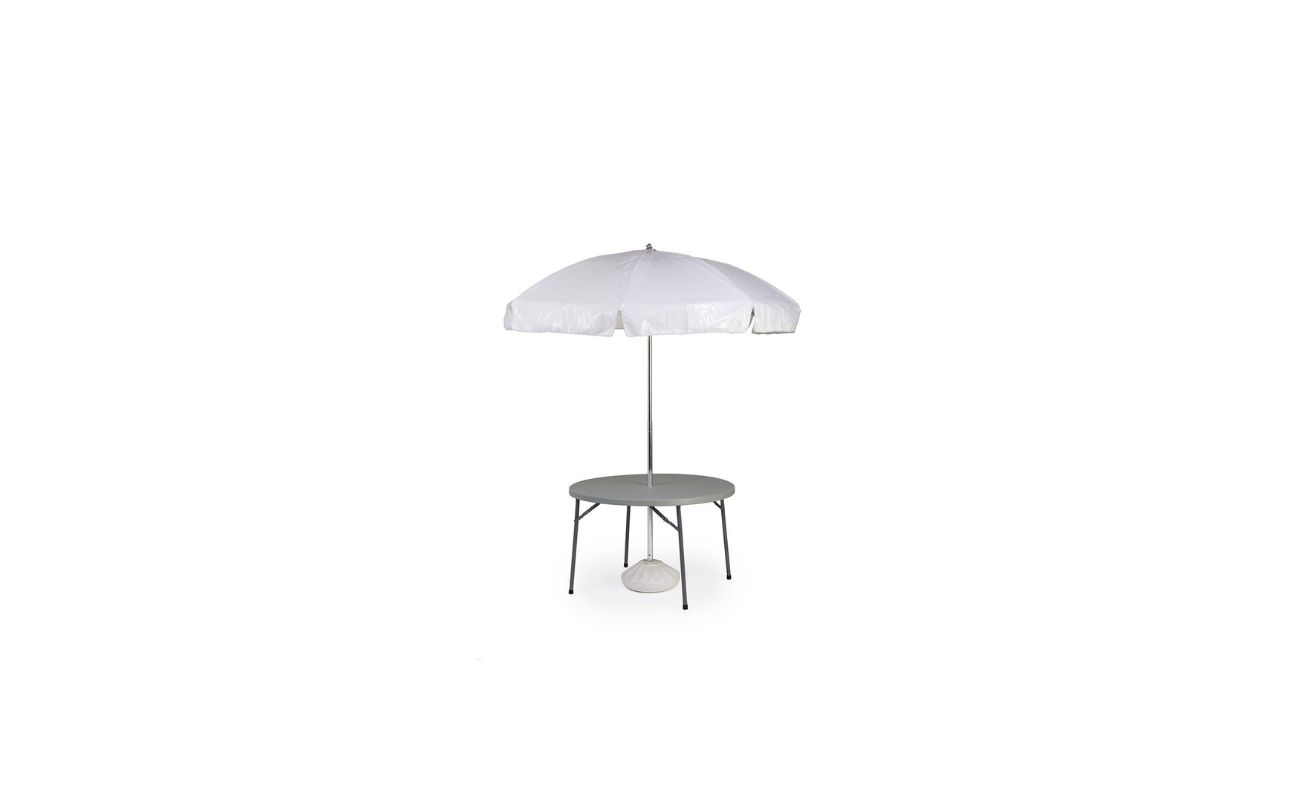
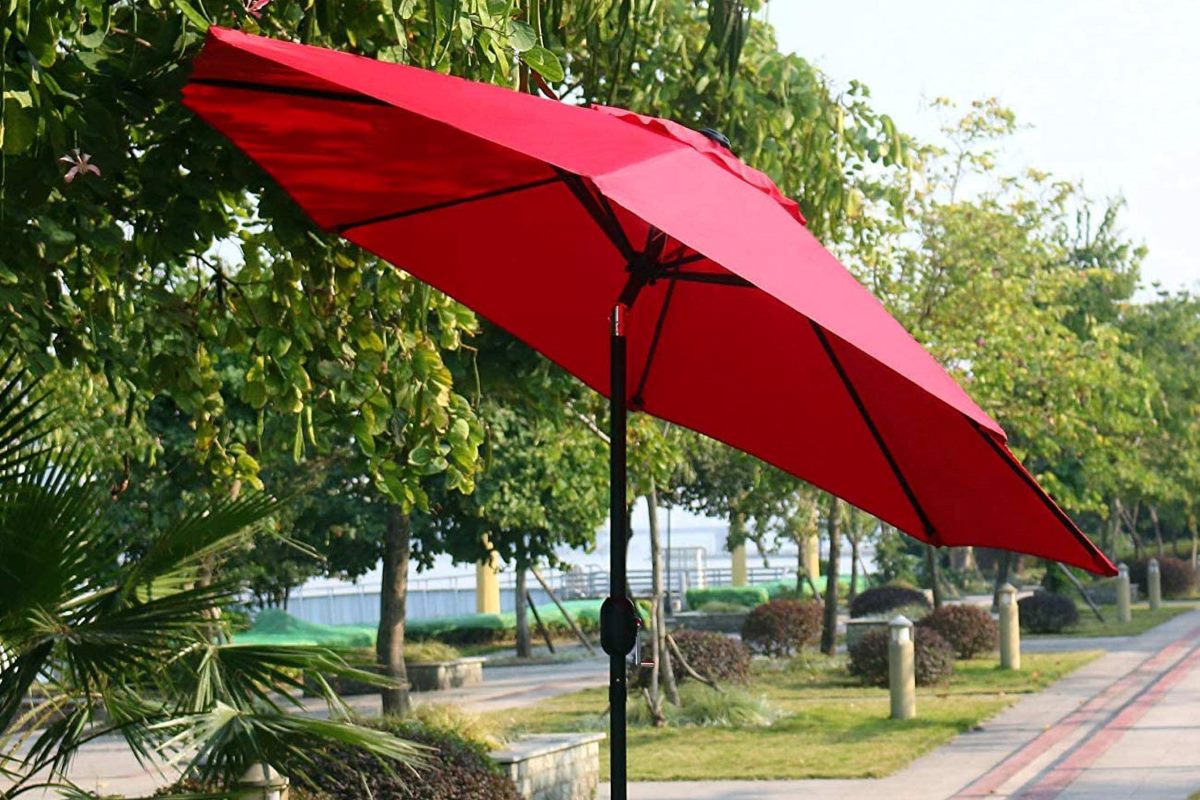
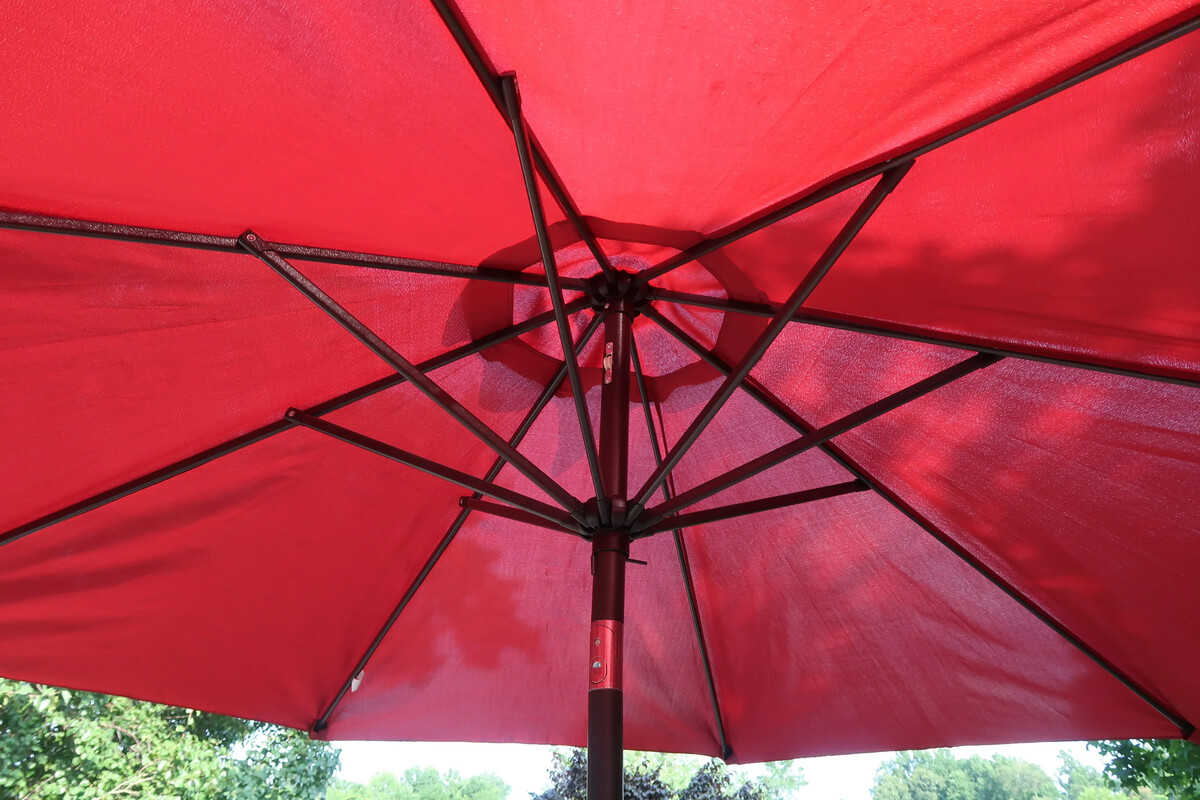

0 thoughts on “How Much Weight For Patio Umbrella Base”